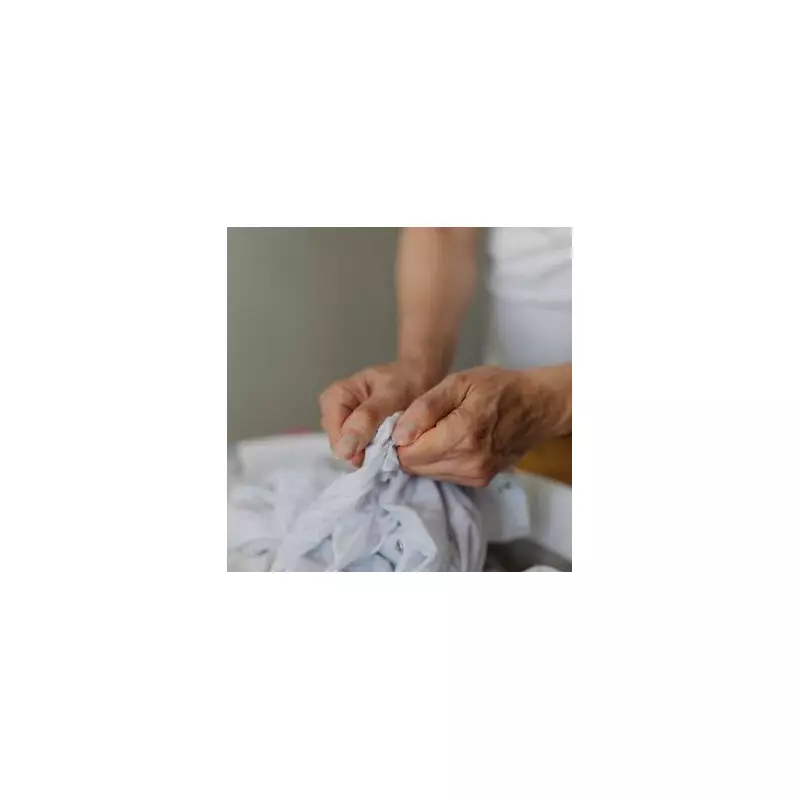
As energy costs continue to rise across British households, many families are seeking smarter ways to handle their laundry routine without relying on expensive tumble dryers. The good news? There are numerous effective alternatives that can get your clothes dry quickly while saving you money.
Maximise Your Radiator's Potential
During colder months, your heating system can become your best laundry ally. Place clothes on airer racks positioned near radiators, but ensure there's adequate ventilation to prevent dampness buildup. For faster drying, hang items directly over radiator covers or use specially designed radiator airers that maximise heat distribution.
Create the Perfect Drying Environment
Proper air circulation is crucial for efficient drying. Position your clothes horse near an open window or use a fan to create cross-ventilation. Remember that warm, moving air dries clothes much faster than stagnant air. If you're dealing with particularly damp conditions, a small dehumidifier can work wonders by extracting moisture from the air.
Strategic Hanging Techniques
How you hang your clothes significantly impacts drying time. Follow these expert tips:
- Hang shirts and tops on hangers to maintain shape and allow air circulation
- Space items evenly on the drying rack - overcrowding slows the process
- Turn clothes inside out to protect colours and ensure even drying
- Shake items vigorously before hanging to reduce wrinkles and separate fibres
Leverage Outdoor Opportunities
Even on chilly days, outdoor drying can be effective. The key is timing - aim for the warmest part of the day and bring clothes in before evening dampness sets in. For those without garden space, window-mounted drying racks or balcony solutions can provide excellent alternatives.
Emergency Quick-Dry Methods
When you need something dried in a hurry, try these clever tricks:
- Roll damp items in a dry towel and press firmly to absorb excess moisture
- Use a hairdryer on a cool setting for targeted drying of small areas
- Place items near (not on) heating vents or behind refrigerators where warm air circulates
- Iron clothes while slightly damp to speed up the final drying stage
By implementing these practical strategies, you can maintain fresh, dry laundry throughout the year while significantly reducing your energy consumption and household bills. The initial adjustment might require some experimentation, but the long-term savings and environmental benefits make these methods well worth adopting.





